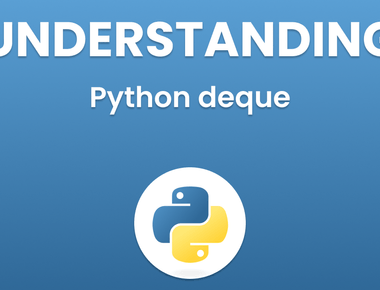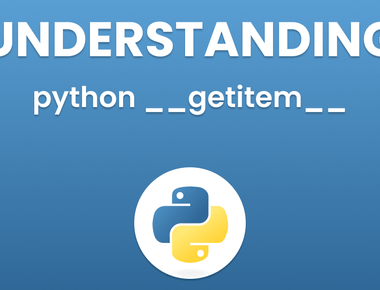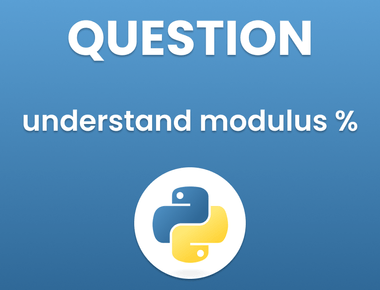
Sets in Python
A Set is an ordered collection of data types in Python that is iterable and mutable. It has no duplicate elements. Although a set may contain many elements, the order of its elements is not defined. A set is a better choice than a list because it uses a highly optimized method to check whether an element is in the set.
Create a Set
You can create sets by using the set() function that comes with an iterable object. Or, you can place the sequence in curly braces separated by a “comma”.
# Python program to demonstrate# Creation of Set in Python# Creating a Setset1 = set()print("Initial blank Set: ")print(set1)# Creating a Set with# the use of a Stringset1 = set("LearnPainLess")print("\nSet with the use of String: ")print(set1)# Creating a Set with# the use of Constructor# (Using object to Store String)String = 'LearnPainLess'set1 = set(String)print("\nSet with the use of an Object: " )print(set1)# Creating a Set with# the use of a Listset1 = set(["Python", "Java", "React", "Java"])print("\nSet with the use of List: ")print(set1)
Output
Initial blank Set:
set()
Set with the use of String:
{‘i’, ‘L’, ‘a’, ‘P’, ‘e’, ‘s’, ‘r’, ‘n’}
Set with the use of an Object:
{‘i’, ‘L’, ‘a’, ‘P’, ‘e’, ‘s’, ‘r’, ‘n’}
Set with the use of List:
{‘Python’, ‘Java’, ‘React’}
While a set only contains unique elements, it can contain multiple duplicates at the time of its creation. The order of elements in a given set is not defined and cannot be changed. The type of elements in a set does not have to be the same. You can pass different mixed-up data types values to the set.
Creating a set with another method
# Another Method to create sets in Python3# Set containing numbersmy_set = {'Python', 'Java', 'React'}print(my_set)
Output
{‘Python’, ‘Java’, ‘React’}
Adding Elements to a Set
Utilizing the an add() method
The elements can be added employing the included function add() function. Each element can be added at one single time is added to the Set applying the add() method. Loops can be used to add several elements at once using the adding() procedure.
Notice: Lists cannot be added to sets as elements due to the fact that they are not ishable. However, Tuples can be added as tuples can be impervious and thus Hashable.
# Python program to demonstrate# Addition of elements in a Set# Creating a Setset1 = set()print("Initial blank Set: ")print(set1)# Adding element and tuple to the Setset1.add(8)set1.add(9)set1.add((6, 7))print("\nSet after Addition of Three elements: ")print(set1)# Adding elements to the Set# using Iteratorfor i in range(1, 6):set1.add(i)print("\nSet after Addition of elements from 1-5: ")print(set1)
Output
Initial blank Set: set()
Set after Addition of Three elements: {8, 9, (6, 7)}
Set after Addition of elements from 1-5: {1, 2, 3, (6, 7), 4, 5, 8, 9}
Utilizing the Update() method
To add 2 or more components, the, the Update() technique is employed. Update() method takes lists and strings, tuples, and other sets of data as its arguments. In all cases it is recommended to avoid duplicate elements.
# Python program to demonstrate# Addition of elements in a Set# Addition of elements to the Set# using Update functionset1 = set([4, 5, (6, 7)])set1.update([10, 11])print("\nSet after Addition of elements using Update: ")print(set1)
Output
Set after Addition of elements using Update: {4, 5, (6, 7), 10, 11}
Removing elements from the Set
Applying the Remove() technique or the discard() technique:
They can also be eliminated by an Set through the integrated removal() function however KeyErrors occur in the event that the element doesn’t exist within the set. To eliminate elements from a collection without KeyErrors, use the function discard() when the element isn’t in this set. It will remain unaltered.
# Python program to demonstrate# Deletion of elements in a Set# Creating a Setset1 = set([1, 2, 3, 4, 5, 6,7, 8, 9, 10, 11, 12])print("Initial Set: ")print(set1)# Removing elements from Set# using Remove() methodset1.remove(5)set1.remove(6)print("\nSet after Removal of two elements: ")print(set1)# Removing elements from Set# using Discard() methodset1.discard(8)set1.discard(9)print("\nSet after Discarding two elements: ")print(set1)# Removing elements from Set# using iterator methodfor i in range(1, 5):set1.remove(i)print("\nSet after Removing a range of elements: ")print(set1)
Method: Using Pop() Method:
The Pop() function may also be employed to remove elements from the set, however it only removes the last element in the set.
NOTE:If the set is unsorted, there is no method to identify the element that is popping making use of the pop() function.
# Python program to demonstrate# Deletion of elements in a Set# Creating a Setset1 = set([1, 2, 3, 4, 5, 6,7, 8, 9, 10, 11, 12])print("Initial Set: ")print(set1)# Removing element from the# Set using the pop() methodset1.pop()print("\nSet after popping an element: ")print(set1)
Subscribe to our newsletter!
Related Posts
Quick Links
Legal Stuff
Social Media







